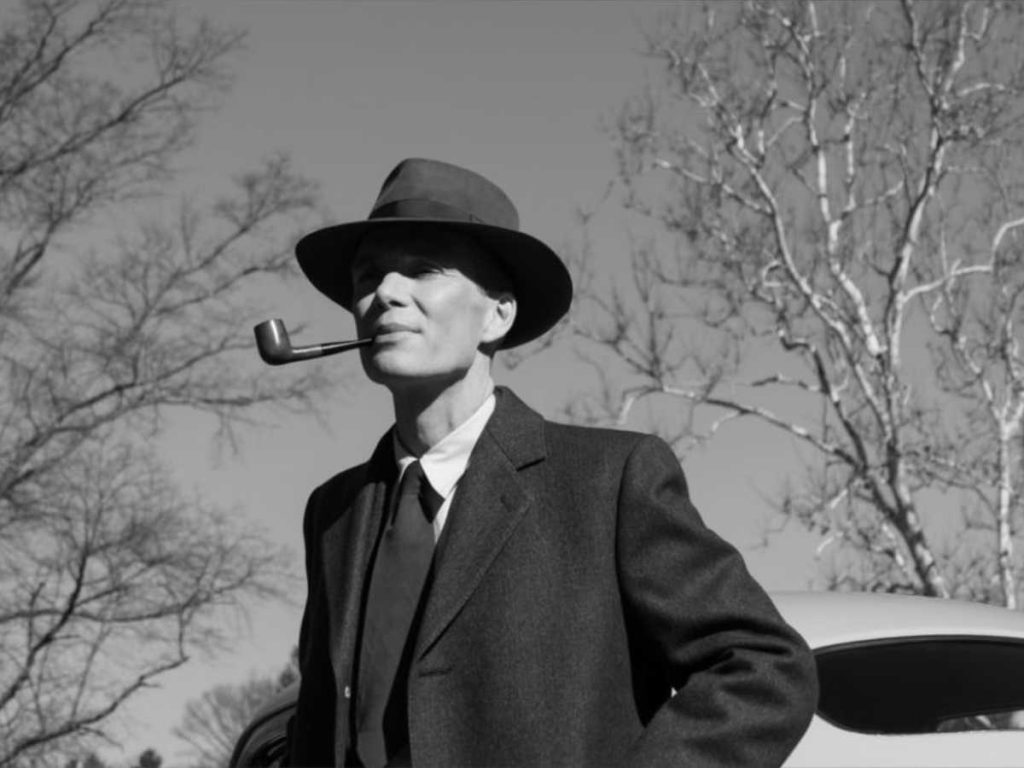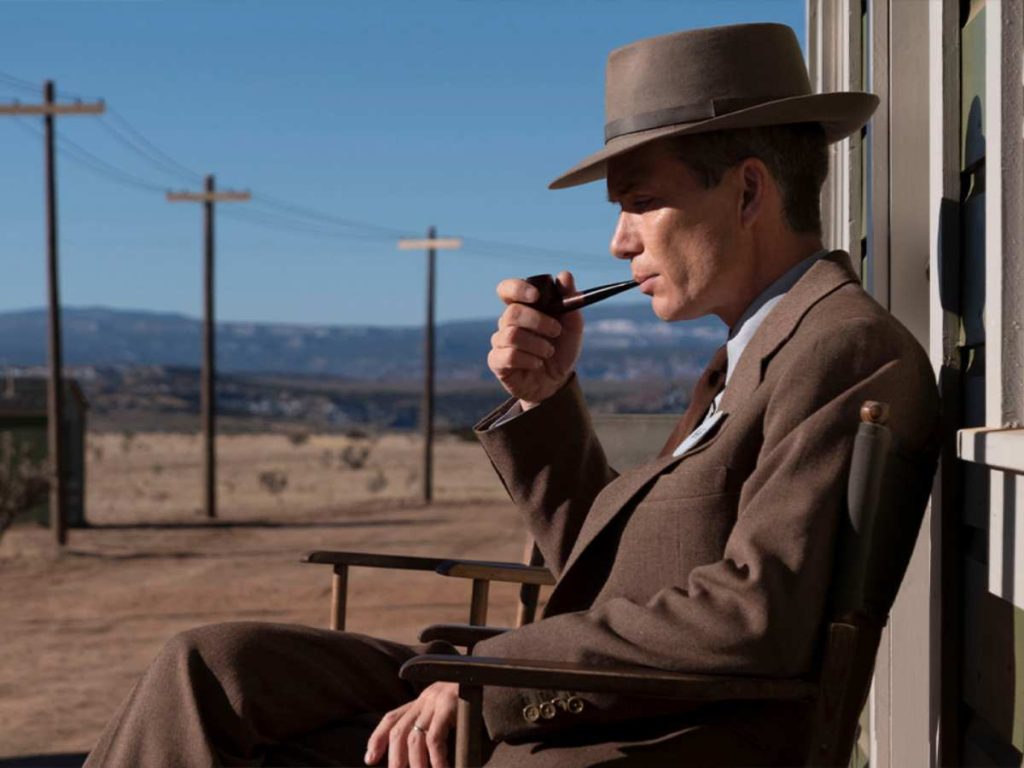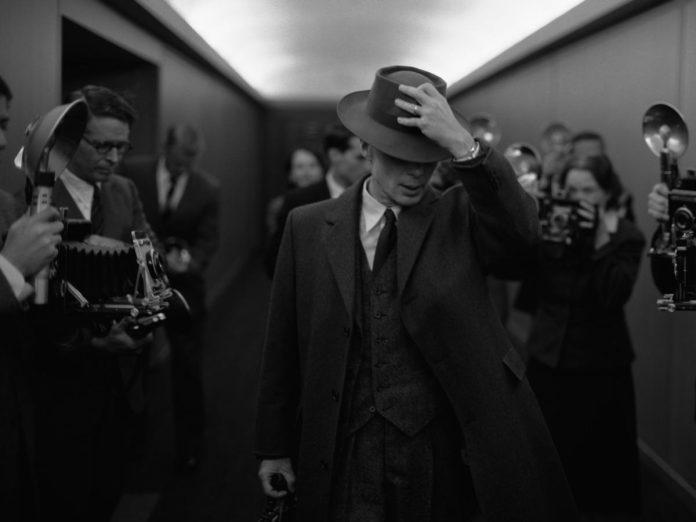‘Oppenheimer‘ is not the first movie in which Christopher Nolan has used black-and-white scenes in this filmography. Earlier in the 2000 thriller movie ‘Memento’, Nolan played with two timelines. The color scenes were played in reverse chronological order, and the black-and-white scenes were in forward chronological order. Similarly, Nolan used the same color sequence to highlight different perspectives in ‘Oppenheimer’.
Based on the biography ‘American Prometheus‘ written by Kai Bird and Martin J. Sherwin, ‘Oppenheimer’ has a stellar star cast to narrate the story of the Manhattan Project, J. Robert Oppenheimer’s relationship with Albert Einstein, and the deadly development of the first nuclear weapons. Being the first biopic, Nolan tested his boundaries with a real atomic bomb to create a detonation. Nolan’s use of filming in black-and-white, as well as color, plays an important role in the film too. Let’s explore its meaning.
Related: Did Oppenheimer Win A Nobel Prize?
The Significance Of Black-And-White Scenes In ‘Oppenheimer?

J. Robert Oppenheimer is a historical figure whose creation of the atomic bomb was extremely important in World War II history. Because of his contribution, a part of the physicist’s life is recorded including the hearings against him in 1954 when he refused to give up his atomic weapon security clearance. Most of the black-and-white sequence is of the hearing against Oppenheimer after the weapon was detonated with Lewis Strauss leading the case.
Digging deep into the analysis, the black-and-white scene represents objectivity, the moments which are not influenced by emotions or opinions. These scenes in the film present the historical perspective of the repercussions that the scientist went through after the atomic bomb was used. So basically these black-and-white sequences did not present Oppenheimer’s perspective, instead, it felt like the representation of Lewis Strauss’ perspective.
Additionally, Christopher Nolan labels these black-and-white scenes as “Fusion”, meaning the joining of two or more parts together to form a single entity. As ‘Oppenheimer’ tells the story of the physicist and the traumatic events that followed the creation of the bomb went through a non-linear storyline. The black-and-white sections of the film merge with the final act, leading to the rivalry between Oppenheimer and Strauss. The black-and-white scenes fuse all the different elements of Oppenheimer together by the film’s ending, which allows Nolan to tell a complete story through a genius color palette technique all while relating it to the scientific mind of The Father of the Atomic Bomb.
In case you missed: “It’s Kind Of A Horror Movie”: Christopher Nolan Warns ‘Oppenheimer’ Viewers
What did Oppenheimer’s Colour Sequence mean?

Oppenheimer’s color scenes make up most of the movie which highlights the subjective elements of the story along with Oppenheimer’s perspective. Christopher Nolan wrote these scenes in the first person and did not cover the exact historical facts. Basically, these consisted of moments with his wife, colleagues, and his own ethical battle after constructing the atomic bomb.
Nolan is known to capture the exact emotions and deliver them to the audience. Similarly, in ‘Oppenheimer’, the difference between the black-and-white and color scenes reveals the intensity of emotion in the film. The color scenes in are much more intense and personal, which fits with Nolan’s logic as the brighter colors match the increased emotions.
The color sequences are also labeled as “Fission” described according to science as the splitting or separating of something into two or more parts. The colored sections of the film break up the story into multiple parts, dividing from Oppenheimer’s early life in education, his various relationships, and his building of the atomic bomb. The colored sections of the film are subjective to his perspective, especially highlighting his guilt, regret, and moral dilemma.
You would also like to read: Florence Pugh’s Nude Scene in ‘Oppenheimer’ Covered Up By CGI Black Dress In India And Few Other Countries






